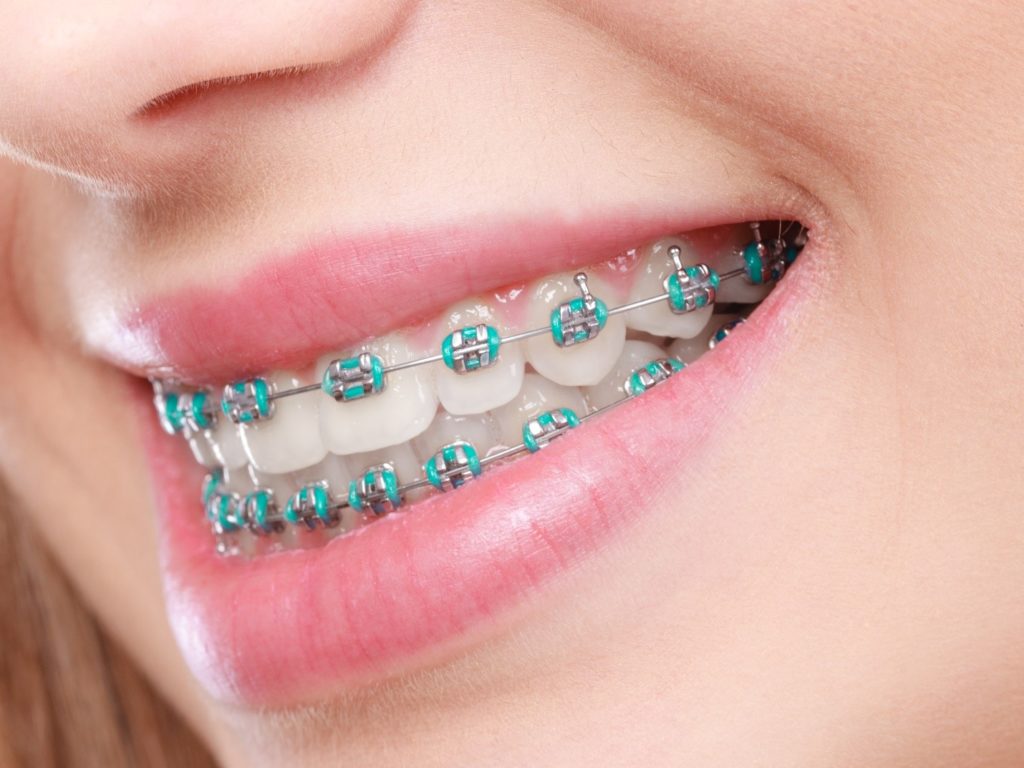Interesting, Unexpected, and Little-Known Facts About Braces
June 7, 2023

Braces, a well-known orthodontic treatment, play a pivotal role in transforming smiles and aligning teeth for optimal oral health and aesthetics. In the United States alone, more than 4 million individuals, 25% of whom are aged 18 or older, wear braces as a means to enhance their smiles and achieve proper dental alignment. While most people are familiar with the basic purpose of braces, there are numerous fascinating aspects of this orthodontic treatment that often go unnoticed. Metal braces, despite being widely recognized as a popular method for correcting smiles, encompass a range of intriguing aspects beyond their outward appearance, so keep reading as we discuss a few lesser-known facts about braces.
Braces Are Out of This World
The development of modern braces owes its gratitude to NASA. The National Aeronautics and Space Administration played a crucial role in creating the alloy used in metal braces, initially intended for its heat-resistant properties in space shuttles.
This alloy, known for retaining its shape even when bent, proves ideal for crafting flexible wires in braces. Moreover, it contributes to reducing the discomfort that is often associated with wearing braces.
In the Beginning
The history of braces takes us on a remarkable journey through time. In ancient Egypt, attempts to straighten teeth involved using cords made from dried horse and sheep intestines, which were tied around metal posts.
Interestingly, these primitive braces were primarily placed on mummies to preserve their teeth for the afterlife. It was in 1728 that Pierre Fauchard, a renowned French physician often credited as the father of modern orthodontics, introduced the first version of contemporary braces.
Fauchard’s design featured a horseshoe-shaped piece of iron known as a Bandeau, which was attached to the teeth using thread. The invention of orthodontic brackets in 1915 brought braces closer to the look that we are familiar with today.
The Gift That Keeps on Giving
Certain cements used to affix brackets onto misaligned teeth include a fluoride-releasing substance. Fluoride, a naturally occurring mineral found in water and various foods, undergoes remineralization to redeposit onto the enamel layer of teeth. This process aids in strengthening the teeth and enhancing their resistance against acid attacks from plaque, sugar, and bacteria that can lead to cavities.
The evolution of braces throughout history has transformed them into the remarkable orthodontic marvel we have today. With millions of Americans, both children and adults, choosing braces each year, it’s clear that they have become a popular choice for achieving straighter smiles!
About the Practice
Huntington Orthodontics, led by Dr. Justyna Balicka and the highly qualified team, is dedicated to providing individuals of all ages with the opportunity to achieve a straighter and more uniform smile within a reliable and welcoming environment. With their patient-centric approach to dental health care, patients can rest assured that they will receive personalized and expert treatment in a safe and educational atmosphere. Emphasizing a one-on-one approach, the team at Huntington Orthodontics ensures that every patient receives undivided attention, delivering exceptional oral health care tailored to their unique needs. To learn more about braces or to make an appointment, call (631) 759-8834 or visit their website.
